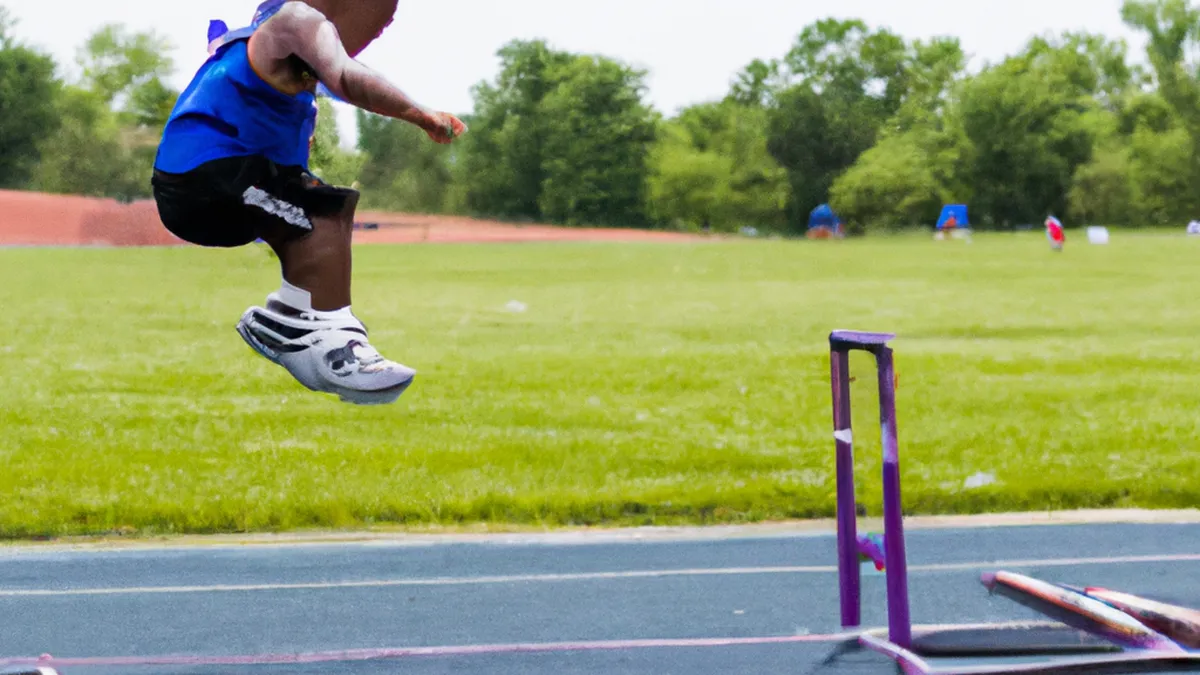Metrics That Matter for Youth Athletic Success
Utilizing Performance Metrics to Track Youth Athlete Development
As an Amazon Associate I earn from qualifying purchases.
Gear tip: consider light resistance bands, ankle weights and supportive leggings to support this workout.
Tracking youth athlete development presents challenges and rewards. Coaches, parents, and trainers must monitor young athletes’ growth and performance. Performance metrics simplify this process and provide a clear framework for assessment. By measuring key performance indicators (KPIs) like speed, agility, endurance, and strength, stakeholders can identify strengths and areas for improvement. This blog explores effective ways to use performance metrics in youth sports, helping athletes reach their full potential.
Understanding Performance Metrics
Performance metrics quantify an athlete’s abilities. These metrics vary by sport, but common KPIs include speed (sprint times), agility (shuttle run times), endurance (distance run), and strength (weight lifted). Coaches use these metrics to gauge progress and make informed training decisions.
To establish a baseline, assess each athlete’s current performance. Conduct initial assessments using standardized tests tailored to their sport. For instance, use a 40-yard dash to measure speed and a vertical jump test to evaluate explosive power. Gather this data to create a foundation for future comparisons, tracking improvements and setting realistic goals.
Setting Clear Goals
Setting clear and achievable goals is crucial for young athletes’ development. Goals should be specific, measurable, attainable, relevant, and time-bound (SMART). For example, instead of saying “I want to run faster,” an athlete might say, “I want to reduce my 40-yard dash time by half a second in three months.” This clarity helps athletes focus their efforts and provides a concrete target.
Transitioning from vague aspirations to concrete goals keeps athletes motivated and enhances their commitment to training. When athletes see tangible improvements, their confidence grows, fostering a positive feedback loop that encourages them to push their limits.
Regular Assessments
Regular assessments track progress effectively. Coaches should schedule testing sessions every few weeks or at the beginning and end of training cycles. This enables athletes to see improvements and identify areas needing more focus.
Incorporate various metrics in these assessments for a comprehensive view of each athlete’s abilities. Measure speed, strength, endurance, and skill-specific drills to create a well-rounded profile. This combination helps coaches gain a holistic understanding of athletes’ performance and development.
Feedback and Adjustments
Providing timely and constructive feedback fosters growth in young athletes. After each assessment, coaches should discuss results with athletes, highlighting strengths and areas for improvement. This constructive feedback guides athletes in their development.
Conclusion
In summary, utilizing performance metrics effectively tracks youth athlete development. Clear goals and regular assessments enhance growth and performance.
Below are related products based on this post:
FAQ
What are performance metrics and why are they important for youth athletes?
Performance metrics are quantifiable measures that assess an athlete’s abilities, such as speed, agility, endurance, and strength. They are crucial for tracking progress, making informed training decisions, and helping athletes identify their strengths and areas for improvement. By utilizing these metrics, coaches, parents, and trainers can provide a clear framework for assessing development.
How can coaches set effective goals for young athletes?
Coaches can set effective goals for young athletes by ensuring they are specific, measurable, attainable, relevant, and time-bound (SMART). For example, instead of a vague goal like “I want to run faster,” a more effective goal would be “I want to reduce my 40-yard dash time by half a second in three months.” This clarity helps athletes focus their training efforts and stay motivated.
How often should assessments be conducted to track athlete progress?
Assessments should be conducted regularly, ideally every few weeks or at the beginning and end of training cycles. This frequency allows athletes to see their improvements and identify areas that may require more attention. Incorporating various performance metrics in these assessments provides a comprehensive view of each athlete’s abilities and development.















Post Comment